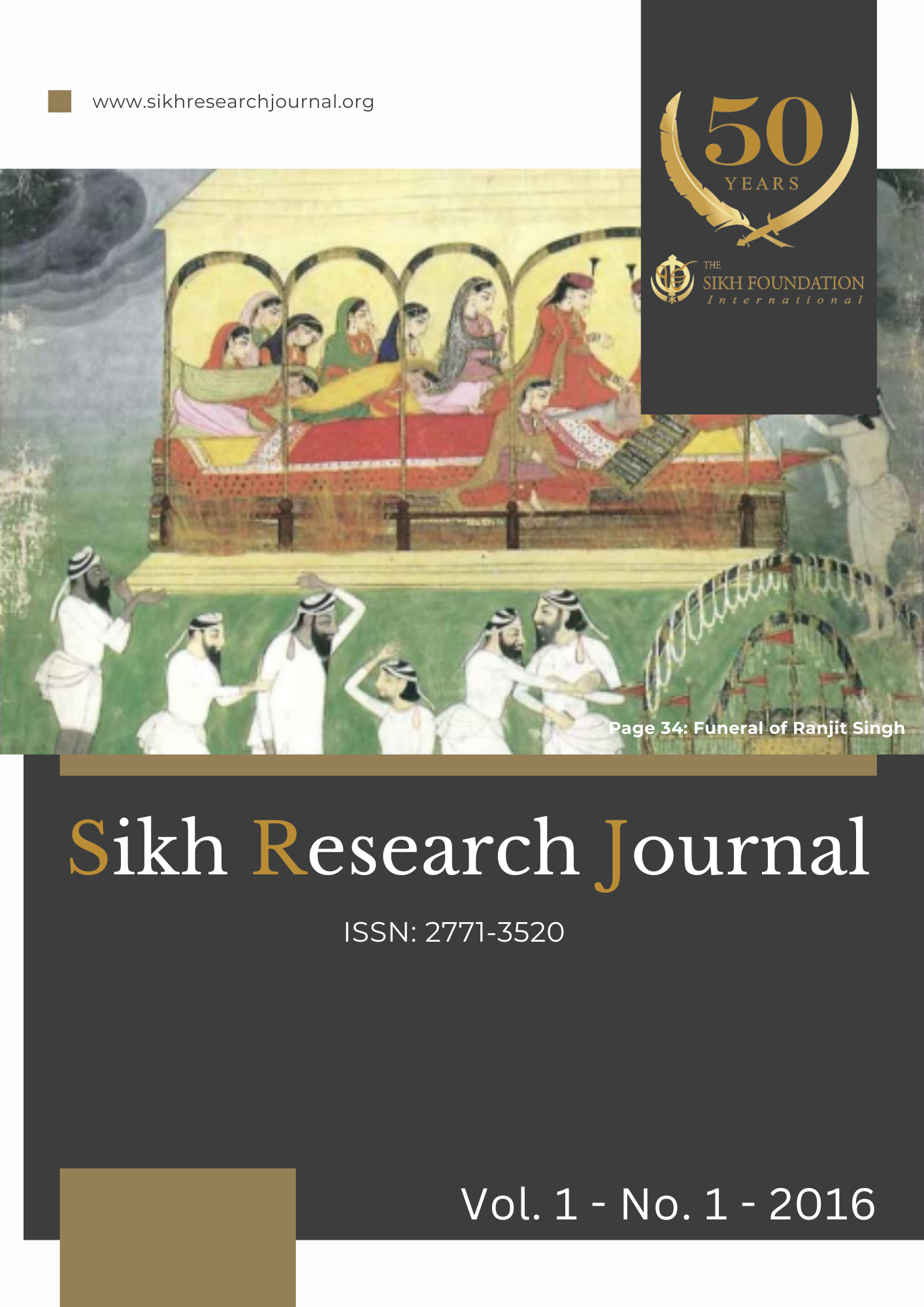Abstract
Focusing on aspects of community involvement in the Smithsonian’s Sikh Heritage Project, which since its founding in 2000 has included an exhibition and many other public activities, this paper considers some differences in the conceptualization of what constitutes “heritage” as perceived by Sikh community members, museum staff, and the broader museum public. It also considers the negotiations that took place about how Sikh heritage should be represented, because at each venue, the exhibition provided an important space for local Sikh communities to debate and celebrate their traditions, and to introduce a broad non-Sikh public to a culture that many perceived as exotic and little-known. In this interaction, Sikh communities actively tried to learn from the “culture” of museums as well, especially in two areas: The first is finding effective methods for helping a broad public better understand the Sikhs who live among them. The second is the growing acceptance of museum approaches to care of valued objects. For this, communities helped send museum staff and conservators to India and into Sikh communities, advising on the many differences between traditional Sikh social practice in treatment of “heritage” objects, and museum methods that would ensure their physical survival for much longer.References
Alag, Sarup Singh 2005. Mistaken Identity of the Sikhs. Ludhiana, India: Alag Shabad Yug Charitable Trust.
Bourdieu, Pierre 1984. Distinction: A Social Critique of the Judgement of Taste. Cambridge: Harvard University Press.
Kreps, Christina 2003 Curatorship as Social Practice, Curator: The Museum Journal 46(3):311-324 (July 2003).
Mann, Gurinder Singh 2004 Sikhism. Upper Saddle Rifer, NJ: Prentice Hall.
Myrvold, Kristina. 2010, "Making Scripture a Person: Reinventing Death Rituals of Guru Granth Sahib in Sikhism." In The Death of Sacred Texts: Ritual Disposal and Renovation of Texts in World Religions. Farnham, Surey, England: Ashgate.
Murphy, Anne. University Press.2012. The Materiality of the Past: History and Representation in Sikh Tradition. New York: Oxford
Murphy, Anne. 2014. "Sikh Material Culture." In The Oxford Handbook of Sikh Studies. Oxford, UK: Oxford University Press.
Pande, Alka 1999 From Mustard Fields to Disco Lights: Folk Music & Musical Instruments of Punjab. Ahmedabad: Mapin Publishing.
Singh, Sikandar and Roopinder Singh 20121 Sikh Heritage: Ethos and Relics. New Delhi: Rupa Publications India.
Taylor, Paul Michael 2004 Sikh Heritage at the Smithsonian. Journal of Punjab Studies 11(2):221-236. (Special issue: "Culture of Punjab.") 2012. Introduction: Perspectives on the Punjab's Most Meaningful Heirlooms. Pp. viii-xi in: Sikh Heritage: Ethos and Relics by Bhayee Sikandar Singh and Roopinder Singh. New Delhi: Rupa. Taylor, Paul Michael, and Robert Pontsioen 2014 Sikhs: Legacy of the Punjab. Washington, D.C.: Asian Cultural History Program, Smithsonian Institution; in association with: Sikh Heritage Foundation (Weirton, West Virginia), Fresno Art Museum (Fresno, California), and The Sikh Foundation (Palo Alto, California).
Yeager, Tami R 2007. A Dream in Doubt. (Motion Picture. Length: 56 minutes.) TRY Productions and Independent Television Service (ITVS), in association with Center for Asian-American Media (CAAM). [Republished in DVD format, 2008, San Francisco: Center for Asian American Media.]

This work is licensed under a Creative Commons Attribution-NonCommercial-ShareAlike 4.0 International License.
Copyright (c) 2025 Dr. Paul Michael Taylor

